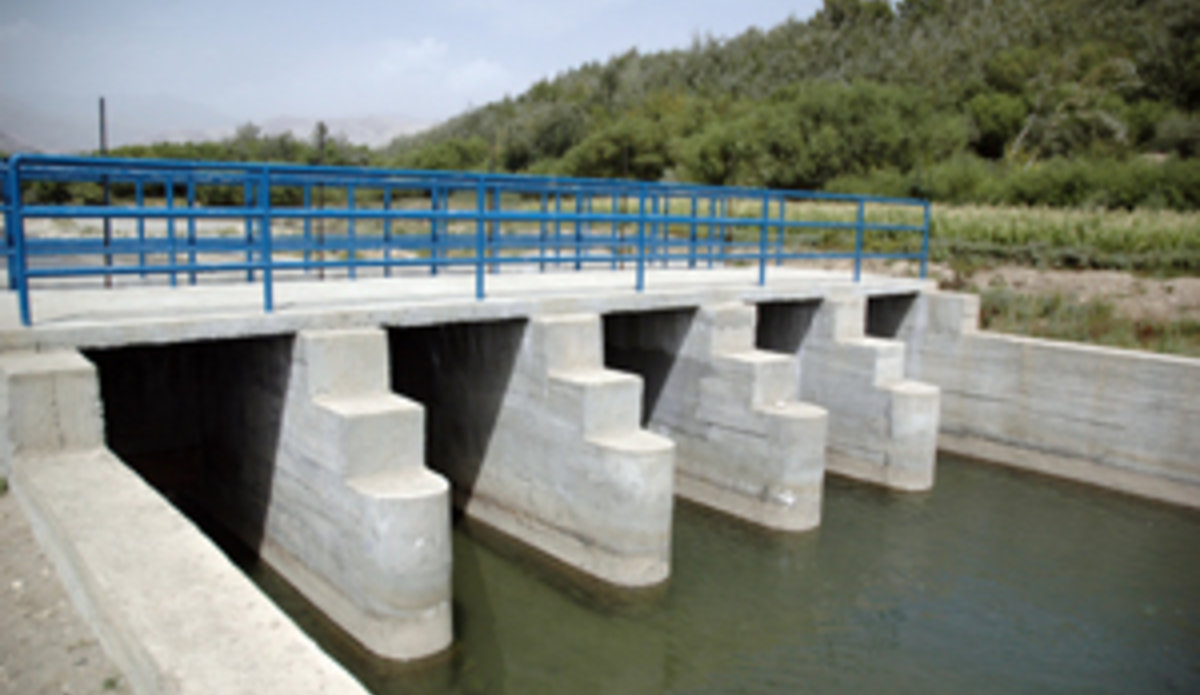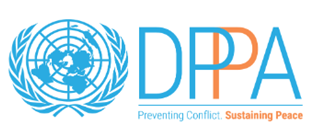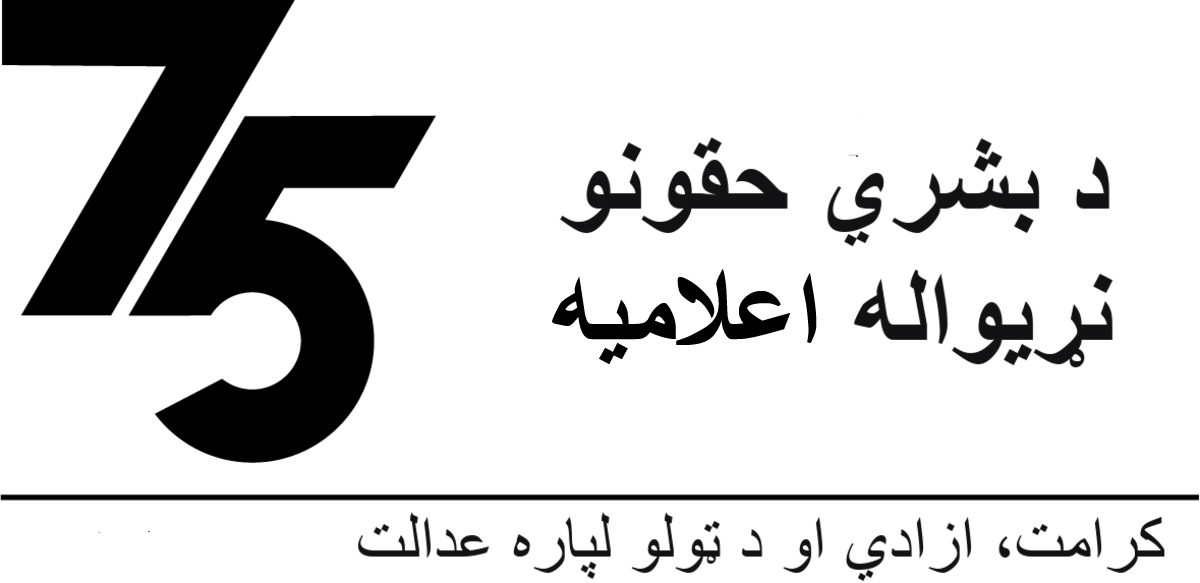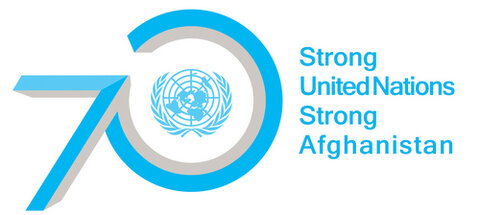Revival of irrigation systems key to reduce poverty
3 June 2009 - Agriculture in Afghanistan needs to grow at a minimum of five per cent a year over the next decade for the country to make a dent in rural poverty and attain food security.
While the vast majority of Afghans depend on agriculture for a living, only a little over 10 per cent of the country’s harsh and arid terrain is arable. Most of it requires irrigation.
However, the country’s basic irrigation infrastructure has been badly damaged by a quarter century of war and political upheavals. Only about a third of the farmland that was irrigated before the conflict now receives the irrigation water it needs. As a result, agricultural productivity remains low. In recent years, the situation has been further exacerbated by frequent droughts.
Irrigation Infrastructure in Disrepair
Many of Afghanistan traditional irrigation systems have been damaged or are partly or wholly dysfunctional. Most of the small underground canals that tap subsurface water - known locally as karez - are no longer in use, and many structures that channel river water into irrigation canals are, at best, only temporary. Even where systems are operational, the supplies of irrigation water are low and unreliable, with systems operating at a mere 25 per cent efficiency compared to the norm of 40 to 60 per cent.
World Bank Assistance
Given the critical importance of irrigation water in raising the incomes of Afghanistan’s people, the World Bank is assisting the government to rehabilitate and restore its irrigation systems. Since 2003, a US$ 40 million Emergency Irrigation Rehabilitation Project (EIRP) has been working in the six major river basins of Afghanistan - in the Kabul, Jalalabad, Kandahar, Herat, Kunduz and Mazar-i-Sharif regions. Three additional grants amounting to a total of US$ 86.5 million have subsequently been given to support the continuation of the project.
Active involvement of farmers
Under the project, local communities participate actively in the rehabilitation of their irrigation systems. They help to identify the key constraints and contribute in kind to the works. Traditional water managers appointed by the community – knows as mirabs - distribute the water equitably in accordance with the water shares traditionally enjoyed by each farmer. Once the irrigation systems have been rehabilitated, farmers and mirabs are trained to operate and maintain them.
Greater access to irrigation water increases crop yields
Despite numerous challenges – particularly the lack of security and the government’s low capacity - the project has helped rehabilitate irrigation systems, benefiting over 600,000 households in all 34 provinces of the country. The improved availability of irrigation water has helped boost yields of staple crops such as wheat, maize, and rice, as well as of onions, melons, and watermelons. The project has also made a substantial contribution to building capacity within Afghanistan’s Ministry of Energy and Water through hands-on training, particularly in identifying, preparing, designing and implementing irrigation rehabilitation schemes.
Additional Financing
An additional grant of US$ 33.5 million will now help rehabilitate around 85 medium and eight large irrigation schemes. It will also expand the country’s hydro-meteorological facilities to improve the planning, management, and development of the country’s water resources as well as to better forecast floods and droughts.
In 2004, the project was launched in the Herat Region of Afghanistan, one of the six major river basins of the country. The Herat Region covers the Herat, Ghor, Farah and Badghis Provinces.
Ahmad Shah, Herat Regional Irrigation Director, Ministry of Energy and Water said: "While implementing the project, managing the distribution of irrigation water was a major issue. As this was a complex matter, we carried out consultations and dialogue with the villagers. The end results were very positive. The farmers resolved the issue of water distribution amongst themselves as they found this was the only way to address the issue."
People’s participation is essential to rehabilitate and sustain irrigation schemes. "In the Herat Region, we have been able to encourage people to fully participate in identifying, preparing and implementing irrigation rehabilitation schemes. In certain cases, villagers have themselves volunteered to contribute either cash or by providing their labour," said Shah. "Where villagers have contributed, we have noticed that they possess a sense of ownership and are willing to maintain their rehabilitated irrigation systems in future."
 UN
UN







